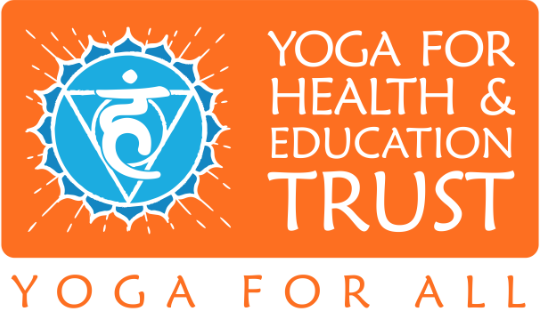Exploring Alternative Twists: A Journey into Deepening Your Yoga Practice

Twists in yoga offer more than just physical benefits; they stimulate digestion, tone the spine, and energise our major organs. Additionally, they provide a unique opportunity to shift our perspective, both physically and mentally. In this exploration, we’ll dive into alternative twist postures, offering variations that cater to different levels of strength and flexibility. Remember, listen to your body, and if anything feels uncomfortable then stop.
Lying Down Twists:
Starting with the simplest form, lying down twists is the most supported and offers a gentle introduction to this beneficial practice. Begin in Savasana, then bring your feet flat to the floor and ensure your shoulders are grounded. With knees together, exhale to allow them to fall to one side while inhaling to lift back to centre. Repeat on the other side, adjusting the depth of the twist based on comfort. For added support, consider using blocks or a bolster to lighten the load on your legs. Gradually reduce the support as you build strength in your spine, hips, and thighs.
Stronger Lying Down Twists:
For those seeking a deeper stretch, stronger lying down twists provide a secure foundation. One such variation is the Pretzel twist, with knees bent, bring the left foot near the opposite buttock, allowing the left knee to drop towards the floor. Reach across with the right hand to grasp the toes. You may need to use a belt to accomplish this move. This pose engages both brain hemispheres while deepening the twist and stretch. Remember to breathe deeply, even when it feels challenging, to improve lung capacity and promote relaxation.
Sitting Twists:
Sitting twists offer an opportunity for refinement and alignment awareness. Whether seated on the floor or a block, focus on keeping the spine tall and shoulders parallel to the ground. Visualise a spiral staircase, with each vertebra stacking neatly upon the next. Use mirrors to ensure proper alignment, especially in maintaining balance between the shoulders and hips. Experiment with open and closed twists to understand the nuances of each variation.
Twisting in a Chair:
For those needing extra support, twisting in a chair provides stability and reduces strain on the hips and thighs. Sit on a stable chair with feet flat on the floor, ensuring a firm foundation. Keep the image of a spiral staircase in mind to maintain alignment as you twist. Start with simple ankle crosses and progress to knee crosses for a deeper twist. Adjust the chair’s position to find optimal support without compromising comfort.
Standing Twists:
Standing twists offer challenges of balance and confidence. Begin with simple twists, focusing on maintaining connection between thumbs and breastbone to avoid dizziness. For more advanced practitioners, try Revolving Triangle, engaging the entire body in a deep twist. Use a chair for support if needed, gradually building confidence and flexibility.
Incorporating alternative twists into your yoga practice opens doors to exploration and self-discovery. Remember to honour your body’s limitations and practice with mindfulness and care. Whether lying down, sitting, or standing, focus on maintaining spinal integrity and breathing deeply. Embrace the journey of discovery and enjoy the benefits of a well-rounded yoga practice.
Sara Matchett, YHET Chair & Trustee
We hope you enjoyed these practices and we invite you to explore further practices in the extended article available to members under INSIGHTS in the DOWNLOADS section. Not a member? Click here to join us.
